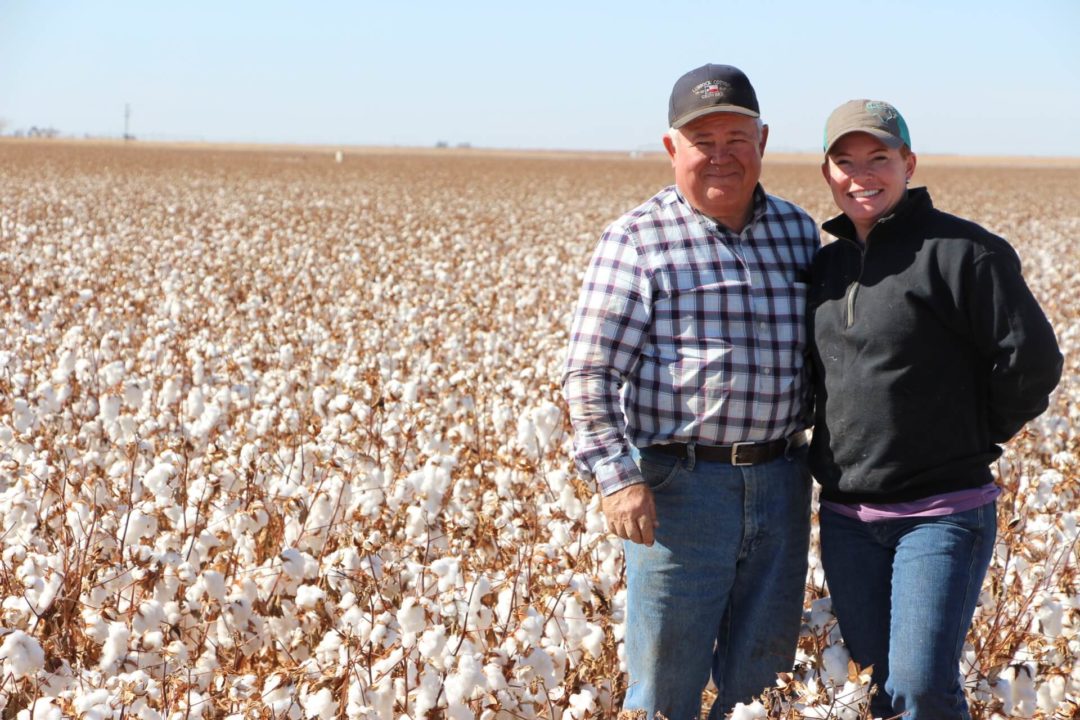A Tale of Two Bull Markets
We have a fairly large Cotton Grower eNews this week, and there are several interesting stories on supply and demand, China’s production projections falling well below its consumption, and an exclusive story on Indian exports which will affect our markets. So I’ll be brief.
A couple of weeks ago, we had a story on the significant differences in this run up in prices to over $1 per pound, compared to the spike in 2008..
- The 2008 rally was speculator- and hedge-fund driven, rather than by supply and demand fundamentals. When the specs and funds liquidated their long positions, we all know that cotton dropped to 50-cents, and acreage crashed.
- This year, there’s no question that the specs and funds are again in the market, but this is a supply and demand market – and if/when they decide to liquidate, it should have far less of an impact. Where the top is in this market and how it will affect 2011 acreage is, for me anyway, a crap shoot. And I don’t even know how to shoot craps.
Some predicted that when cotton topped the $1 mark about 10 days ago, we could see a 500-point downward correction. It was actually a 600-point selloff, but the predicted rebound was strong. At 10 a.m. Tuesday, September 28, ICE December 2010 was at 105.12, up 119, after moving as high as 106.40. The contract was up the 400-point limit on Monday. At the same time, ICE December 2011 85.70, down 23, after hitting 86.40 earlier.
Virtual Field Days
On another note, now that we have Cotton247.com up and running full speed, there are several things we can do on the site that we haven’t been able to before – and that’s give full coverage to field days, seminars and meetings.
For instance, we covered the annual Monsanto Union City (TN) Field Day, which you can. We also reviewed the Dow/PhytoGen Field Day in Leland, MS.
Also, we’re gearing up to add video to the coverage very soon. We like to refer to them as Virtual Field Days. We’ll have interviews from across the spectrum: Company reps, Extension, consultants and growers. With these advances, a grower in North Carolina can, for example, find information on a variety that performed in the Mid-South by hearing a grower describe it. Or a grower in south Georgia could check out videos from the High Plains. You won’t see a field sign and other pictures with some quotes to read, you’ll be able to see more and hear from the experts just as if you were there.








